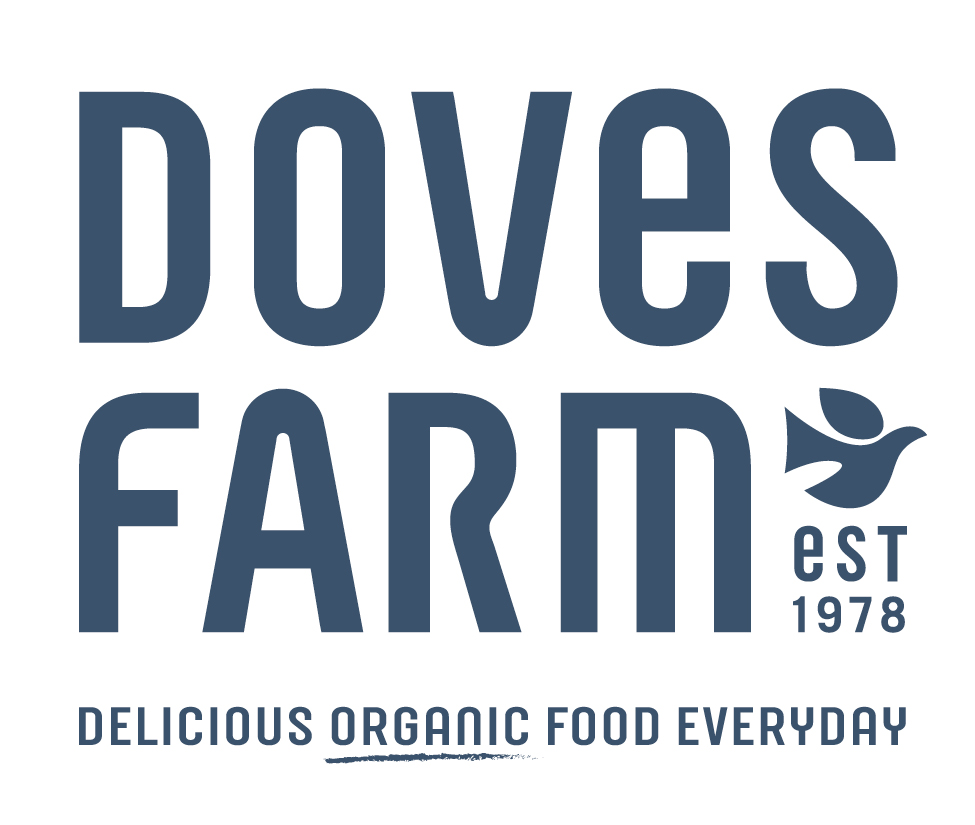
Alternative Easter bakes: 4 of the best
If a country celebrates Easter, then you can bank on seeing a wonderful array of bakes created specifically for the occasion. Take a look at some of the most traditional and time-honoured delicacies baked in the run-up to Easter that make the most of grains such as spelt and rye.
Alternative Easter bakes: 4 of the best
If a country celebrates Easter, then you can bank on seeing a wonderful array of bakes created specifically for the occasion. Take a look at some of the most traditional and time-honoured delicacies baked in the run-up to Easter that make the most of grains such as spelt and rye.
Whether you’re a practicing Christian or not, Easter is always a time of celebration. It heralds the start of spring, gives families the chance to spend a few days together over the long weekend and always involves plenty of delicious things to eat. In the UK it’s all hot cross buns, chocolate eggs and lamb roasts, but traditions across Europe tend to differ – although there’s almost always something delicious being baked to commemorate the holiday.
There are hundreds of traditional sweet and savoury bakes associated with Easter, each of which have their own stories and histories. Many of them were originally made with ancient grains such as rye and spelt, which were more common in certain parts of Europe before white wheat flour became the norm. While a lot of bakers tend to opt for modern wheat flour today, some of the most interesting and tasty Easter bakes continue to make the most of the stronger, nuttier flavours of alternative wheat varieties. The four speciality breads and puddings below have been produced in the same way for centuries – get to know more about them and look beyond the hot cross bun this year.
Attendorner Ostersemmel (Austria)
In the small Austrian city of Attendorn, a very special loaf has been baked every Easter since at least the seventeenth century. Made with a mixture of rye and wheat flour, the Attendorner Ostersemmel is a peculiarly shaped loaf flavoured with plenty of caraway seeds. Snipped at each end to give the bread ‘fish fins’ (an early symbol of Christianity), thousands of Ostersemmel are baked in time for Easter Saturday, which are then held in the air outside the city’s church so the local pastor can bless them.
These fish-shaped loaves are only ever seen around Easter, yet remain one of the most iconic breads in Austria. The caraway was originally added to the loaves as it made the bread easier to digest – especially important as Christians would have traditionally been fasting throughout Lent. These days the bread is usually eaten with butter and smoked Westphalian ham.
Pääsiäisleipä (Finland)
We’re not entirely sure how you actually pronounce the name of this Finnish Easter bread, but it shares many characteristics with other celebratory bakes found across Europe. It has the appearance of an Italian panettone, but is in fact a triple-risen brioche made with rye flour and flavoured with cardamom, citrus peel, raisins and almonds. Rich in butter, eggs and sugar, it was traditionally baked for Easter, although it’s also associated with ushering in spring and celebrating the arrival of newborn calves. It gets its shape from the milk pails it was originally baked in.
Lambropsomo (Greece)
In Ancient Greece spelt was seen as a gift from the gods, so it’s no surprise that many home bakers in the country continue to use it instead of regular wheat when making bread and cakes today. Lambropsomo is the most iconic and eye-catching of all the Easter bakes, thanks to the braided dough and bright red hard-boiled eggs sticking out of it (which represent the blood of Christ). It is a savoury loaf that can be made with either regular flour or a mixture of spelt and wheat flours, often decorated with sesame seeds or almonds and eaten with lamb.
Mämmi (Finland and Sweden)
Now for something completely different – mämmi (also known as memma in Sweden) is a Finnish Easter dessert that might not look like the most beautiful pudding in the world – but it tastes delicious. A simple combination of water, rye flour, malt, molasses and orange zest, it is a thick paste that is then gently baked until solid. Think of it as a sort of soft dark rye bread, sweetened with molasses and malt. It’s eaten with plenty of milk or cream to soften the texture, and is known for aiding digestion (important for those who have fasted throughout Lent).
While mämmi is rarely found outside of Finland it has more recently developed a cult following in Sweden, and you’ll occasionally find it on restaurant menus throughout the rest of Europe. It can be bought ready-made as well as cooked at home, and you’ll find it in most homes across Finland during Easter. Traditionally it was baked and served in a box made from birch bark, so you’ll often see it sold in boxes with a similar pattern.


